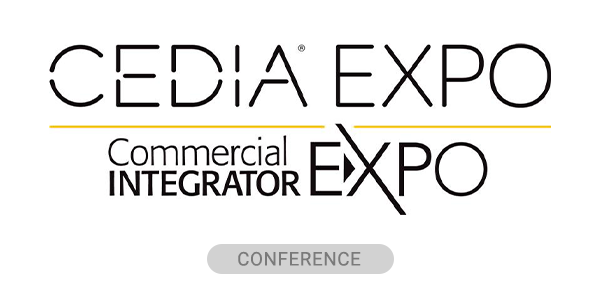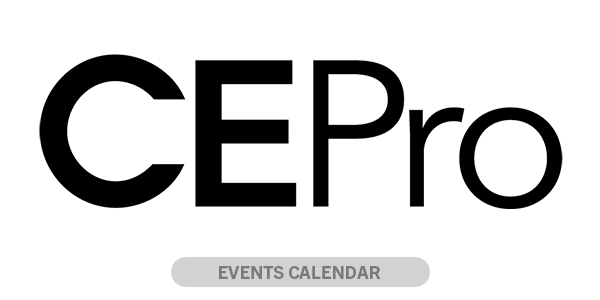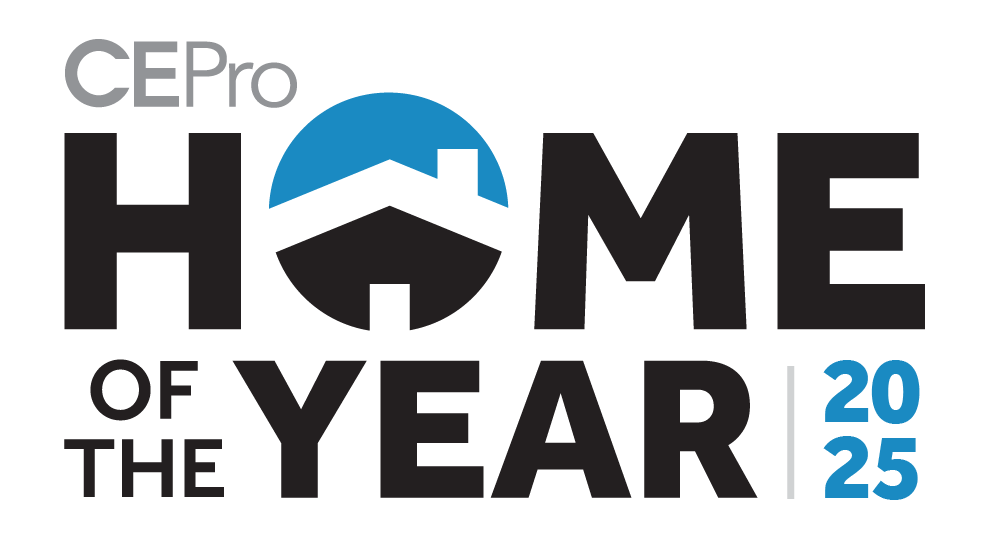By now you’ve heard of HDR, High Dynamic Range. It is unquestionably the biggest improvement in video delivery since the change from 480i to 1080p.
HDR is applied by providing an additional digital signal embedded in the HDMI data stream that increases the individual pixel’s dynamic range (blacker blacks to brighter colors) resulting in a picture with contrast that is much more vibrant and life-like; images that are difficult to stop watching.
HDR goes hand-in-hand with 18Gbps and 10-bit or 12-bit Deep Color — a dramatic increase in the number of colors that can be displayed when compared to 8-bit color.
So, you would think that a demonstration of HDR video and Deep Color would be the main demonstration on any retail sales floor/showroom. But I have not found that to be the case.
Over the past few months of visiting dealers I have been surprised at the lack of demonstration of HDR and Deep Color. One of the stores I stopped by to see was in Dallas; a one-million-square-foot store (not a Tributaries dealer). The store had a huge number of TVs on display, mostly 4K and some UHD models with HDR and Deep Color.
When I asked about the source, the salesman told me it was from a “cable” probably from a hard-drive. It was a great picture that demonstrated the virtues of 4K/HDR.
However, if a customer purchased a 4K/HDR TV without a UHD Blu-ray player and UHD Blu-ray discs they would have no way to duplicate the vibrant in-store visual experience at home.
I then asked the salesman if there were any UHD Blu-ray players on demo. He showed me the only one on the sales floor. It was a Samsung UBD-K8500 setup to output 4K with Standard Dynamic Range; lost opportunities abound.
You may be asking why this lack of proper demonstration of 4K/HDR/Deep Color is happening? I believe the reason is the lack of education at the dealer level. The TV and UHD Blu-ray Player manufacturers are not working with their dealers to help them set up the displays to demonstrate the “new” HDR/Deep Color UHD TV’s capabilities.
When I visit dealers, 90 percent of my time is spent on education mostly showing an HDMI/HDR/Deep Color PowerPoint presentation that I have put together using information from DPL Labs, HDMI, Dolby and other sources.
The vast majority of dealers I visit have no idea what is happening with HDR/Deep Color and the new UHD TVs. I tell them that all the TVs they have sold up to now are obsolete. I usually get a blank stare while they process that statement.
But it’s true; if a TV can’t display HDR/Deep Color, for all practical purposes it’s obsolete.
Today, the only uncompressed 4K/HDR/Deep Color sources available are UHD Blu-ray Players and the Kaleidescape Strato Player. At present there are only three UHD Blu-ray Players available; Samsung UBD-K8500, Panasonic DMP-UB900 and Philips BDP7501. Oppo has announced December delivery of its UDP-203 and the Sony model X1000ES will be released spring 2017.
System continuity is an important consideration — all components, source, AVR, Pre/Pro, switch, cables and the TV or projector must be capable of transporting the desired signal.
To put “system continuity” into perspective, Joel Silver of Imaging Science Foundation (ISF) says, “A funny thing happened to my HDR on the way to the TV.”
In other words, all components (except the HDMI cable) through which the 4K/HDR video signal passes must be capable of transporting 4K/HDR (18Gbps) otherwise you’ll get a Standard Dynamic Range (SDR) picture possibly at a lower resolution. If the HDMI cable is not capable of passing 18Gbps you’ll get a black screen with a message like “Incompatible Signal.”
Tips to Setup UHD Blu-ray for a Demo
If your business is a retail store or you have a showroom and are not a Kaleidescape dealer, I encourage you to purchase a UHD Blu-ray player and discs – there are more than 100 UHD Blu-ray titles available on Amazon or at Best Buy.
Doing the initial setup of the UHD Blu-ray player can be a challenge mainly because there is no specific settings for color depth (8/10/12-bit) or color sampling.
I suggest you set up your Blu-ray Player to output 4K/24fps with Deep Color on “Auto’. That will result in 10-bit or 12-bit color, 4:2:2 color subsampling and HDR. If you set it up to output 4K/60/4:4:4 you will be limited to 8-bit color because 4K/60/4:4:4/10-bit color requires a data rate in excess of 18Gbps.

Murideo Six-A showing a Blu-ray output of 4K/60/4:4:4/8-bit at 17.82Gbps.
Courtesy of Joel Silver, ISF
The other alternative is 4K/60/4:2:0 but that yields only 8-bit color. My suggestion is to choose 24f because that is the native frame rate of the UHD Blu-ray disc and is also the frame rate at which the movie was made. Outputting at 60f requires a digital interpolation which may produce unwanted artifacts.
To get an idea of what the actual color depth output (8/10/12-bit) and color subsampling of the UHD Blu-ray try using a Murideo Six-A Analyzer $2K. If you’re using a Kaleidescape Strato Player the color information is available on the “Video Output Status“ screen.
To quote Joe Biden, the implementation of HDR is a “big f___ deal!” It was designed to provide the TV with a picture of maximum sensory input for the viewer. But, it needs to be demoed to be believed. If you have a store or a showroom I strongly suggest you use either a Kaleidescape Strato Player or a UHD Blu-ray Player set up for 4K24/Deep Color/HDR. Then, download (from the Kaleidescape Store) or purchase or a variety of UHD Blu-ray discs and WOW your customers.
If you need any assistance with the setup give me a call. I would be happy to help.






